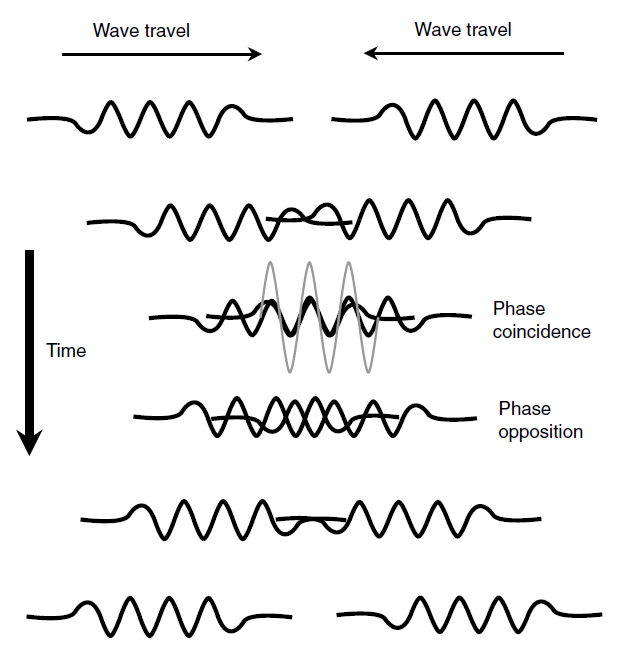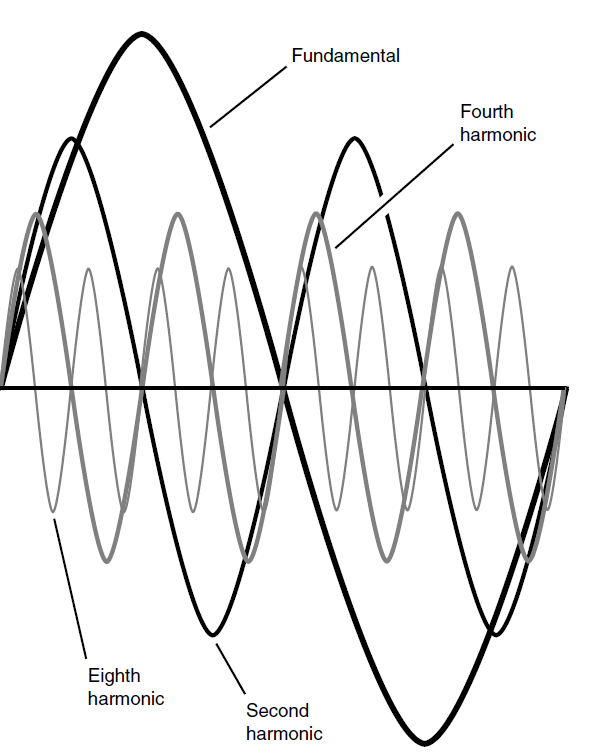
تاريخ الفيزياء

علماء الفيزياء


الفيزياء الكلاسيكية

الميكانيك

الديناميكا الحرارية


الكهربائية والمغناطيسية

الكهربائية

المغناطيسية

الكهرومغناطيسية


علم البصريات

تاريخ علم البصريات

الضوء

مواضيع عامة في علم البصريات

الصوت


الفيزياء الحديثة


النظرية النسبية

النظرية النسبية الخاصة

النظرية النسبية العامة

مواضيع عامة في النظرية النسبية

ميكانيكا الكم

الفيزياء الذرية

الفيزياء الجزيئية


الفيزياء النووية

مواضيع عامة في الفيزياء النووية

النشاط الاشعاعي


فيزياء الحالة الصلبة

الموصلات

أشباه الموصلات

العوازل

مواضيع عامة في الفيزياء الصلبة

فيزياء الجوامد


الليزر

أنواع الليزر

بعض تطبيقات الليزر

مواضيع عامة في الليزر


علم الفلك

تاريخ وعلماء علم الفلك

الثقوب السوداء


المجموعة الشمسية

الشمس

كوكب عطارد

كوكب الزهرة

كوكب الأرض

كوكب المريخ

كوكب المشتري

كوكب زحل

كوكب أورانوس

كوكب نبتون

كوكب بلوتو

القمر

كواكب ومواضيع اخرى

مواضيع عامة في علم الفلك

النجوم

البلازما

الألكترونيات

خواص المادة


الطاقة البديلة

الطاقة الشمسية

مواضيع عامة في الطاقة البديلة

المد والجزر

فيزياء الجسيمات


الفيزياء والعلوم الأخرى

الفيزياء الكيميائية

الفيزياء الرياضية

الفيزياء الحيوية

الفيزياء العامة


مواضيع عامة في الفيزياء

تجارب فيزيائية

مصطلحات وتعاريف فيزيائية

وحدات القياس الفيزيائية

طرائف الفيزياء

مواضيع اخرى
SEICHE AND HARMONICS
المؤلف:
S. Gibilisco
المصدر:
Physics Demystified
الجزء والصفحة:
444
25-10-2020
2192
SEICHE AND HARMONICS
Any child who lives in a house with a bathtub knows about seiche (pronounced “saysh”). Any enclosed or semienclosed body of water can be made to slosh back and forth at a rate that depends on the size and shape of the container. In a bathtub, this sloshing can be set up with a period of 1 or 2 seconds. Give the water a little push, and then another, and then another. Keep this up at a certain regular repetitive rate, and soon there is water all over the bathroom. The same thing can happen in a swimming pool during an earthquake, although the period is longer. When waves moving in opposite directions collide, the peaks and troughs are exaggerated (Fig. 1).
Harmonics are familiar to anyone who plays a musical instrument such as a clarinet, flute, trumpet, or trombone. If you can blast out a note with certain keys pressed or with the slide at a given position, then if you tighten your lips enough, you can sound a note one octave higher. The higher note is the second harmonic of the first note. The chamber of the instrument contains twice as many wave peaks and valleys at the higher note as compared with the lower note. If you’re a virtuoso, you might get the instrument to toot at three times the original, or fundamental, frequency. This is the third harmonic. Mathematically, there is no limit to how far this can go (Fig. 2). When the frequency of one wave is a harmonic of the frequency of another wave, the two waves are said to be harmonically related.

Fig. 1. When waves collide, the effects are magnified.

Fig. 2. Resonant effects occur at wavelengths that are wholenumber fractions of the wavelength of the fundamental.